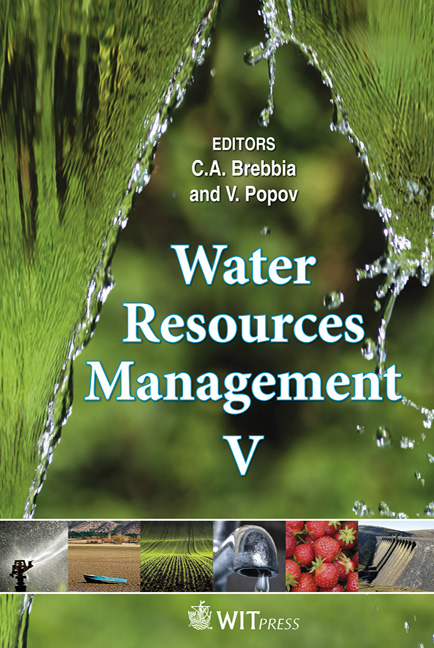Impact Of Socio-political Dynamics On Water And Sanitation Service Delivery In Malawi
Price
Free (open access)
Transaction
Volume
125
Pages
10
Page Range
13 - 22
Published
2009
Size
264 kb
Paper DOI
10.2495/WRM090021
Copyright
WIT Press
Author(s)
B. Thole, E. Chikhwenda & A. Thengolose
Abstract
Malawi has an area of 118,500 km2. Lake Malawi covers a third of the area. The population was 13,166,000 for 2008 with a renewable water resource per capita of 1374 m3 (2003–2007). There is a certain degree of water stress despite a large water body and a good renewable water resource. Research was undertaken to determine impact on water and sanitation service delivery resulting from governance, planning, structure of service, the role of civil societies, NGOs and CBOs, and, the impact of water and sanitation service delivery on the livelihood of Malawians. The results showed that the country has a water policy, but has fragmented water supply regulations. There has been a draft sanitation policy for over two years that has been recently launched but the country is still without regulations on sanitation. The five water boards often have negative net-incomes attributable to unwillingness to pay by the general public and lack of political will to allow the water boards to revise tariffs to reflect the cost of water supply. Budgetary allocations for the sector remain below 1% of total national budget; the sector depends on funding from development partners. 66.4% of households in Malawi have access to improved water source and 61.9% have improved sanitation. Malawi needs to harmonise her water and sanitation regulatory framework and consider reviewing the tariff structure of the five water boards if the MDG target on water supply and sanitation is to be achieved by 2015. Keywords: water, supply, sanitation, services, policy, regulation, framework, Malawi, tariff, structure.
Keywords
water, supply, sanitation, services, policy, regulation, framework,Malawi, tariff, structure





